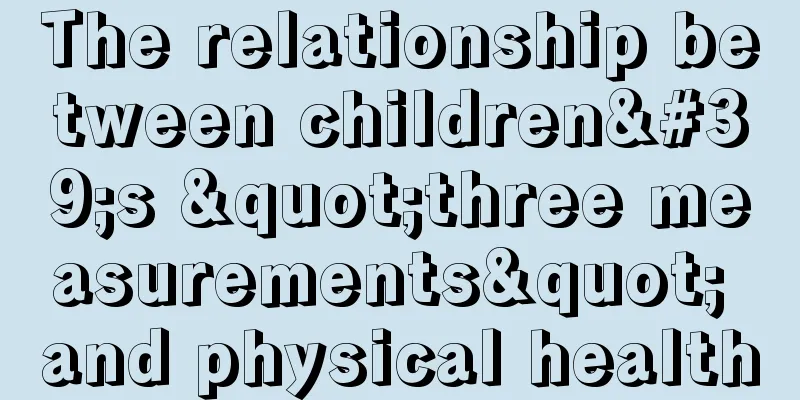What causes rubella in children?

|
Sometimes when a child has health problems, parents will certainly be very worried. However, since children’s bodies are not fully developed and their immunity is relatively low, they will inevitably be troubled by various diseases. Rubella is one of the more common pediatric skin diseases. Once the disease occurs, the child will feel itchy all over the body and want to scratch it with his hands from time to time. So, what causes rubella in children? What causes rubella in children? 1. Insect bite rash This condition often occurs in infants and young children with allergic constitutions, and occurs after being bitten by mosquitoes, bedbugs, lice, and mites, mostly on exposed areas of the skin. Small red spots of insect bites can be seen in the center of wheals and rashes, which mostly occur on the extensor side of the limbs. Sometimes the rash can be seen running along the blood vessels. Children feel locally itchy and restless. 2. Infection factors Whenever you have a cold, fever, viral, bacterial or parasitic infection. 3. Family factors There is a history of urticaria in relatives. 4. Contact with pets Such as the fur and secretions of dogs, cats, and birds. 5. Food factors Such as eating fish, crabs, shrimps, milk, eggs, etc. 6. Exposure to cold, wind or pollen in the spring A common cause of this is failure to cover the child with clothes in time after giving him a bath, causing him to be stimulated by the cold wind. 7. Drug factors Such as penicillin, ampicillin, ceftriaxone, antipyretics, vaccinations, etc., some children have negative penicillin skin tests, but develop rashes or wheals during the injection process, which are common cases; or no rash is seen on the 1st to 2nd day of treatment, but rash or wheals appear on the 3rd day, which should also be considered to be drug-induced and should be discontinued immediately, and anti-allergic drugs should be used at the same time. The child's urticaria appears suddenly and disappears quickly without leaving any trace, but it is easy to recur and may occur several times a day. Urticaria can occur in any part of the body. When the digestive tract is affected, nausea, vomiting, abdominal pain, and diarrhea may occur. It can also cause laryngeal edema, chest tightness, shortness of breath, suffocation, and bronchial asthma. If the lesions invade the kidneys, proteinuria and edema of the hands, feet, and face will occur. These are all very serious manifestations. |
<<: What is the treatment for urticaria in children?
>>: How to treat baby rubella?
Recommend
Children with colds and fevers are always difficult to deal with in an emergency
Many children have poor resistance, so they don&#...
Children's character development
The ancients said that human nature is good, and ...
White discharge from the baby's vagina
Parents with babies at home must take good care o...
Is herpes in children's throat contagious?
When children develop oral herpes, it is particul...
What to do if your child has oily hair?
Oily hair is very common in life, especially for ...
What to do if baby's bronchitis persists
If the baby's bronchitis does not get better,...
What should I do if my child still can’t speak at the age of 3?
Every child starts talking at a different time. M...
Treatment of children's encephalitis, mothers must remember
Childhood encephalitis is a pediatric disease wit...
Do three-year-old babies need to be dewormed?
When children are growing up, parents need to be ...
Precautions for newborn air-conditioned room
Newborns are very afraid of cold when they are ju...
What to do if your child is allergic to crabs
Everyone has a different physique, and there are ...
What to do if your eight-month-old baby has a lump in the breast
Some mothers found a small lump the size of a soy...
What causes mental retardation in children?
Once a child has intellectual disability, there w...
What to do if a 3-year-old child has a stomachache and fever
Sometimes children will feel physically uncomfort...
Why do children have repeated fevers?
In clinical practice, some diseases always recur,...









